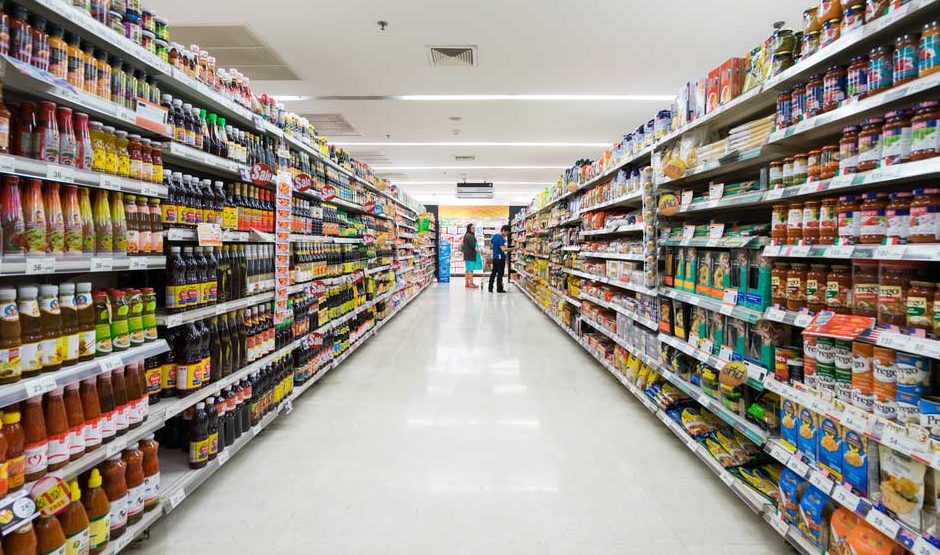It’s not your imagination: Shrinkflation is here to stay. If you’re wondering why you are going through toilet paper more frequently, take a good look at it.
The following written content from Donna Fuscaldo

Rising prices for everything from gas to food are costing consumers money. But that’s not the only way they are getting hit. To combat higher manufacturing costs – known as input costs in the industry – manufacturers are shrinking their packaging sizes, giving consumers less for the same price.
Known as shrinkflation, it’s been around since the 1960s and typically occurs during periods of high inflation, allowing manufacturers a way to pass on cost increases for ingredients and labor while keeping consumers largely in the dark.
“It’s a tactic firms have employed for a long, long time whenever input costs have gone up,” says Akshay Rao, a professor at the University of Minnesota’s Carlson School of Management. “It first started when vending machines would only take certain coins. It was difficult to change the price on vending machines, so manufacturers reduced the quantity provided for the price.”
With inflation soaring to a 40-year high in February, shrinkflation is becoming common again. From toilet paper to yogurt, consumers and advocates are spotting a lot of downsizing of popular products. “We are in the middle of a wave of shrinkflation,” says Edgar Dworsky, founder of Consumer World, and a consumer advocate who has tracked shrinkflation for over 30 years. “Some manufacturers are doing both, raising prices as well as shrinking products.”
Spotting shrinkflation can be difficult. It requires you to calculate how much weight of a product you’re getting for the price. Most grocery stores are required to list that, known as the unit price, but it’s often buried in the fine print and may be difficult for some older adults to see.
“It’s part of the strategy. The store and manufacturers do not want you to focus on unit price,” says Rao. “They want you to focus on the retail price. That’s how they communicate the cost and quality to you.” But Rao says consumers should absolutely focus on the unit price and monitor it from week to week to gauge if they are paying more for less. If an item is reduced from 40 chips to 36, it amounts to a 10 percent price hike. “It’s a classic case of caveat emptor (buyer beware). If you are not a smart shopper you will get taken advantage of,” says Rao.
Toilet paper rolls are shrinking
When it comes to this wave of shrinkflation it runs the gamut from toilet paper to cookies. Take Cottonelle and Charmin, two popular toilet paper brands. With manufacturing costs increasing, both makers embraced a shrinkflation strategy. This past winter Dworsky says Cottonelle reduced the count of its mega rolls to 312 1-ply sheets from 340 sheets per roll. The soft version was reduced to 268 2-ply sheets from 284
Charmin cut the size of its ultra-soft mega rolls to 244 double-ply sheets from 264. Its super mega roll got cut to 366 sheets from 396. “I keep waiting for the paper towels to shrink again as they haven’t for a while,” says Dworsky. “I would keep an eye out for that.”
Food and snacks are getting downsized
Manufacturers are also slimming down a variety of snacks as they deal with soaring inflation. Snyder’s Pretzels recently got a branding upgrade, but the packaging has been downsized. An old bag of honey mustard and onion pretzel pieces was 12 ounces, now it’s 11.5 ounces.
Keebler’s Chips Deluxe with M&Ms is being downsized to 9.75 ounces from 11.3 ounces. The family size is taking a bigger hit going to 14.6 ounces from 17.2 ounces. Meanwhile, Dworsky says Keebler E.L. Fudge packages lost 1.3 ounces and 20 calories per cookie.
Earth’s Best Organic Sunny Day snack bars now have seven bars per package, down from eight, and Chobani flip yogurt is 4.5 ounces, down from 5.3 ounces. Not to be left out of the shrinkflation craze, Gatorade has rolled out a new, smaller design for its popular sports drink. After years of keeping it at 32 fluid ounces, the company reduced it to 28 fluid ounces. Read more from AARP





